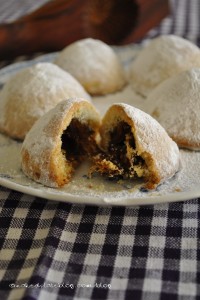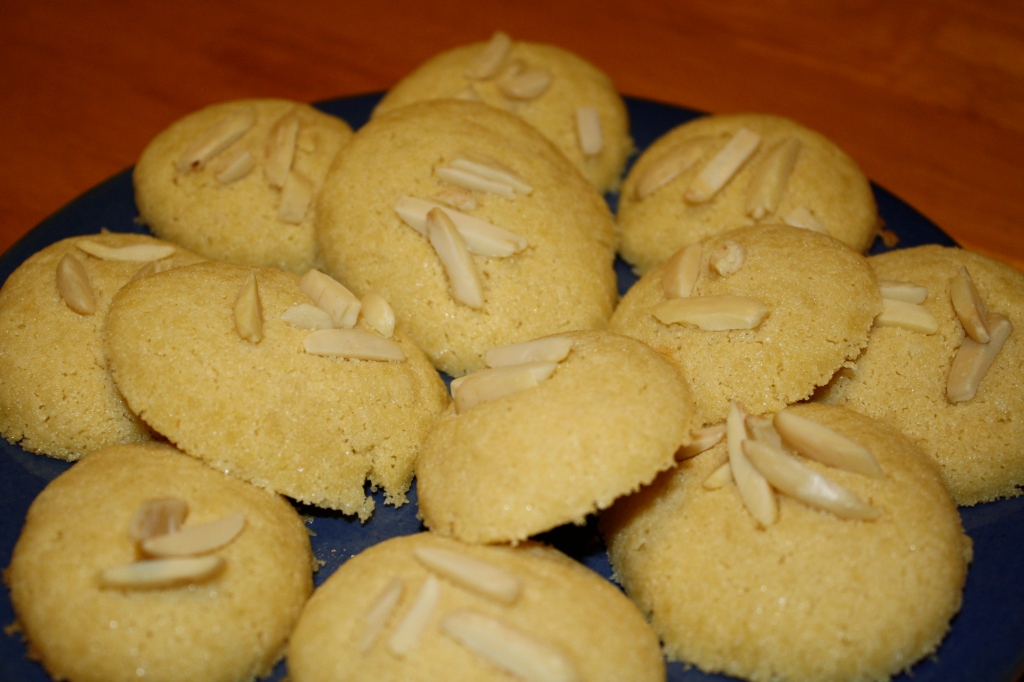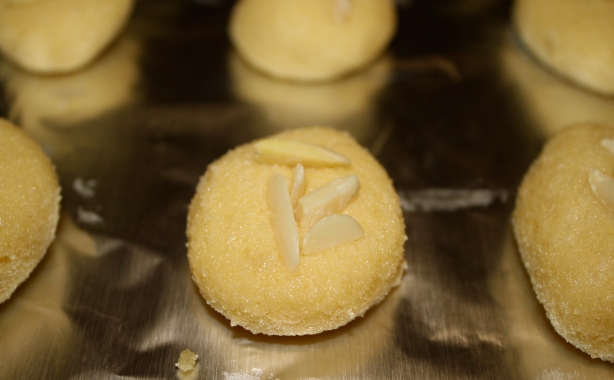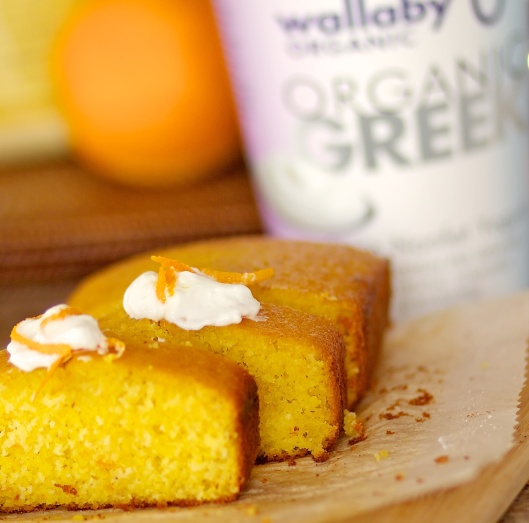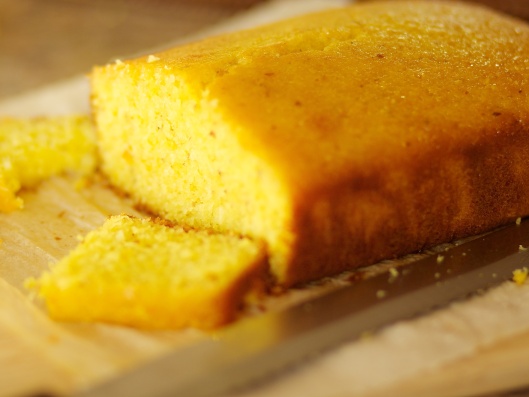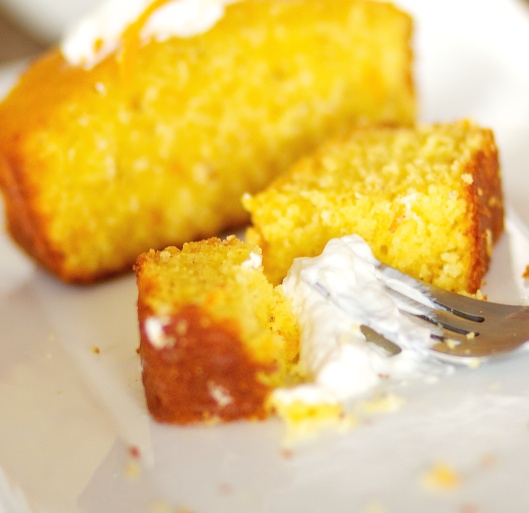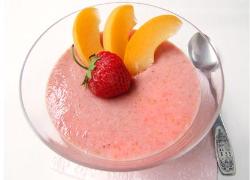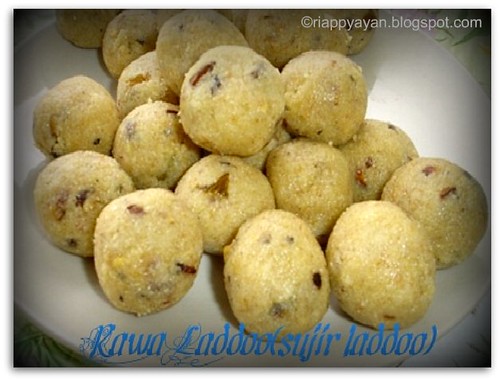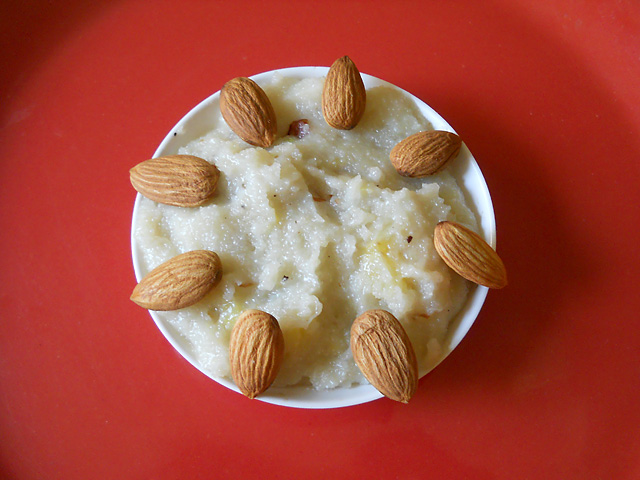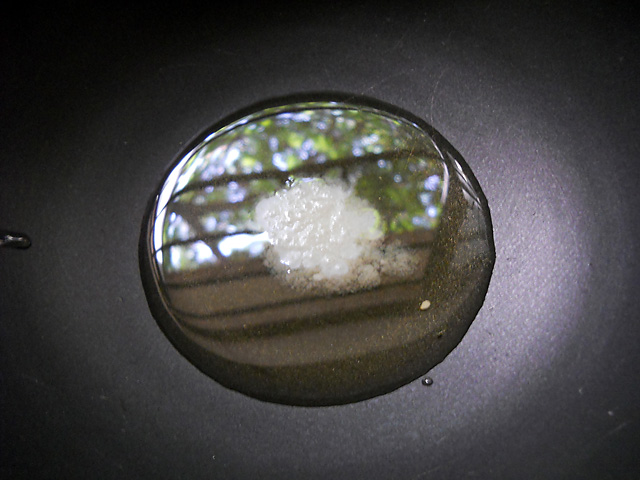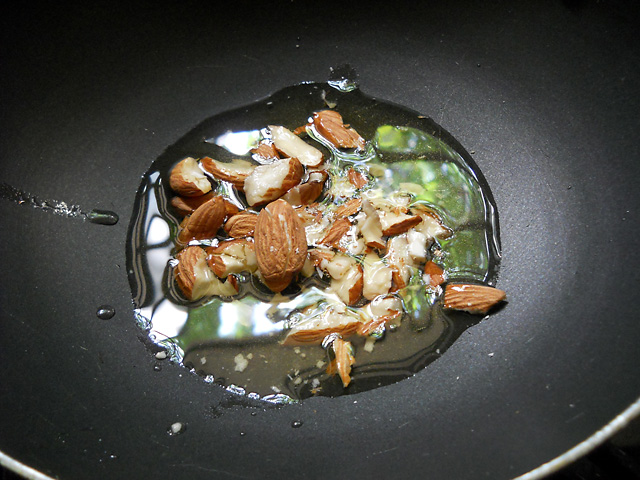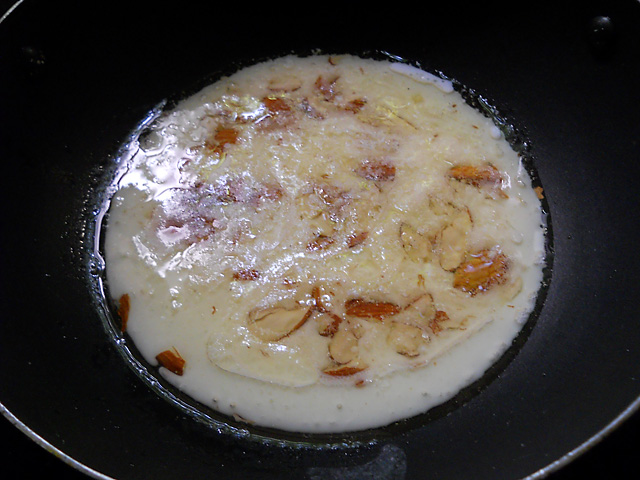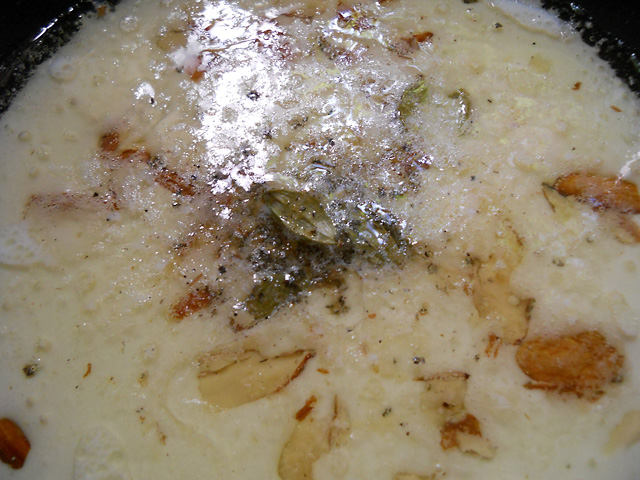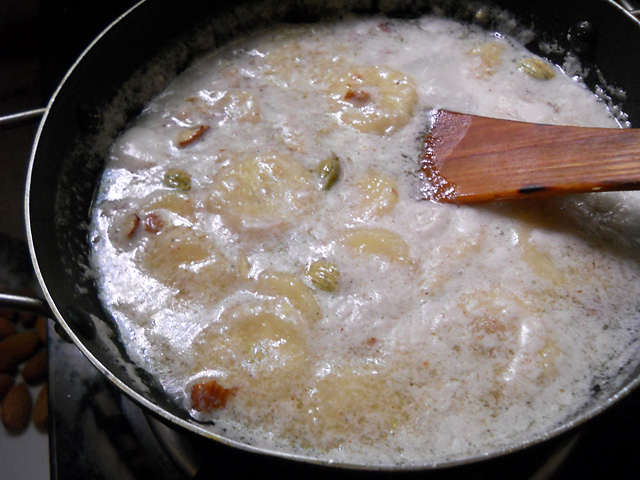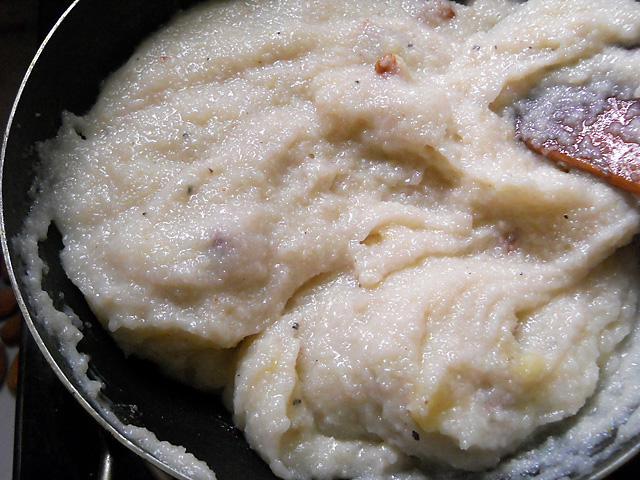sister herb
Official TTI Chef

Semolina is the coarse, purified wheat middlings of durum wheat used in making pasta, breakfast cereals, puddings, and couscous. The term semolina is also used to designate coarse middlings from other varieties of wheat, and from other grains, such as rice and maize.
Semolina is derived from the Italian word semola, meaning 'bran'. This is derived from the ancient Latin simila, meaning 'flour', itself a borrowing from Greek σεμίδαλις (semidalis), "groats". The words simila, semidalis, groat, and grain may all have similar proto-Indo-European origins as two Sanskrit terms for wheat, samita and godhuma. Semolina may also be a loan word from the Semitic root smd – to grind into groats (Arabic: سميد samīd).
Semolina made from durum wheat is yellow in color. Semolina is often used as the base for dried products such as couscous, which is made by mixing roughly 2 parts semolina with 1 part durum flour (finely ground semolina).
Broadly speaking, meal produced from grains other than wheat may also be referred to as semolina, e.g. rice semolina, or corn semolina (more commonly known as grits in the U.S.).
When semolina comes from softer types of wheats, it is white in color. In this case, the correct name is flour, not semolina. In the United States, coarser meal coming from softer types of wheats is known also as farina.
Savory
Boiled semolina turns into a porridge, known in some areas as Cream of Wheat. In Germany, Austria, Hungary, Bosnia, Bulgaria, Serbia, Slovenia, Romania and Croatia, semolina is known as Grieß (a word related to "grits") and is mixed with egg to make Grießknödel, which can be added to soup. The particles are fairly coarse, between 0.25 and 0.75 millimeters in diameter.
In South India, semolina is used to make savory foods, like rava dosa and upma, or puddings, like kesari or sheera. It is sometimes also used to coat slices of fish before it is pan-fried in oil, to give it a crispy coating.
In much of North Africa, durum semolina is made into the staple couscous. Semolina is a common food in West Africa, especially among Nigerians. It is eaten as either lunch or dinner with stew or soup. It is prepared just like eba (cassava flour) or fufu with water and boiled for 5 to 10 minutes.
Sweet

Dutch semolina pudding with a redcurrant sauce
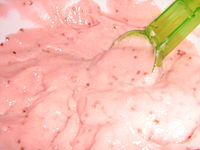
Whipped semolina and redcurrant dessert
In Germany, Austria, Hungary, Bosnia, Bulgaria, Serbia, Romania and Croatia, semolina is cooked with water or milk and sweetened with squares of chocolate to make the breakfast dish Grießkoch or Grießbrei. In the Netherlands, it is called griesmeelpap, although there is usually no chocolate in it, and it is more a dessert than a breakfast dish. Sweetened semolina, boiled in water or milk into a firm porridge and subsequently refrigerated, is popular in northwestern Europe as a dessert called semolina pudding. It is often flavored with vanilla and served with jam or redcurrant sauce.
In Sweden, Estonia, Finland, Lithuania, Latvia, Poland, Ukraine and Russia, it is eaten as breakfast porridge, sometimes mixed with raisins and served with milk. In Swedish it is known as mannagrynsgröt, or boiled together with blueberries, as blåbärsgröt. In Sweden, Estonia, Finland and Latvia, for a dessert usually eaten in summer, semolina is boiled together with juice from berries and then whipped into a light, airy consistency to create klappgröt (Swedish name), also known as vispipuuro (Finnish name) or mannavaht (Estonian name). In the Middle East, it is used to make desserts called harisa, or so-called basbosa or nammora.
In Pakistan and North India, semolina is used for such sweets as suji halwa. Such a preparation is also a popular dessert in Greece (halvas) and Cyprus (halvas or helva). In Greece, the dessert galaktoboureko is made by making a custard from the semolina and then wrapping it in phyllo sheets. In Cyprus, the semolina may be mixed also with almond cordial to create a light, water-based pudding. In Turkey ("Helva"), Bulgaria ("Halva"), Iran ("Halva"), Pakistan ("Halva"), and Arab countries, halawa is sometimes made with semolina scorched with sugar, butter, milk, and pine nuts.
Basbousa (North African and Alexandrine harisa) is made chiefly of semolina. In some cultures, it is served at funerals, during special celebrations, or as a religious offering.


